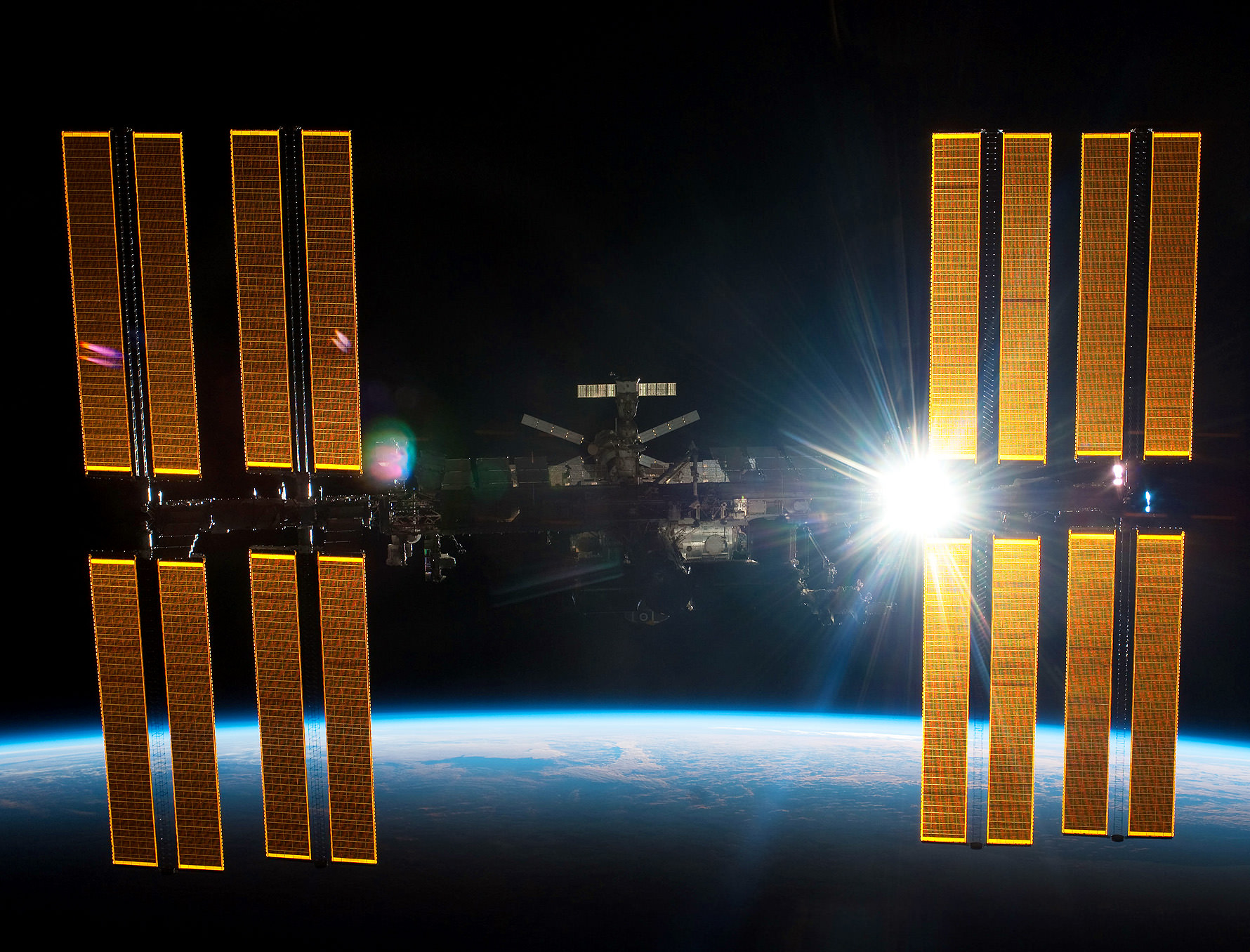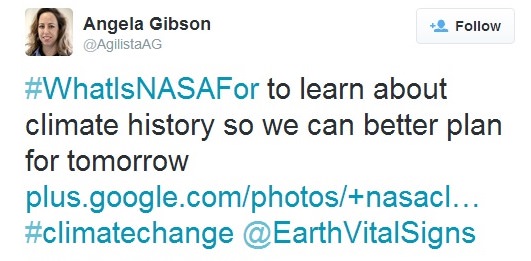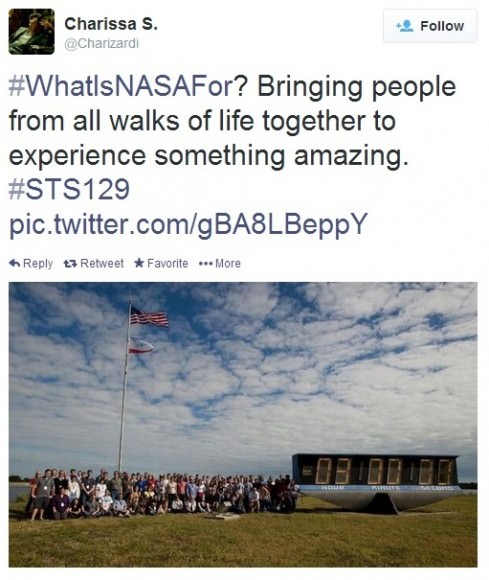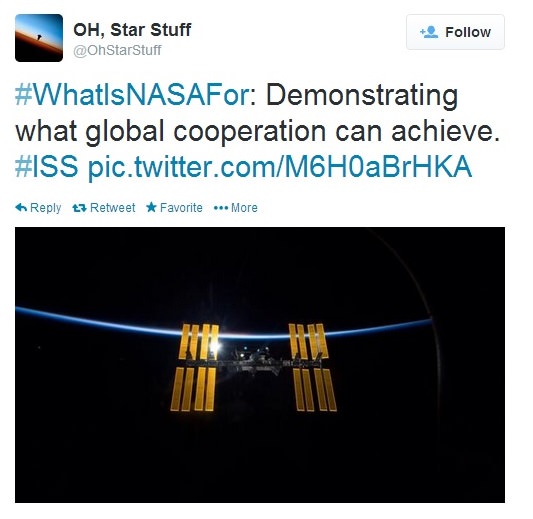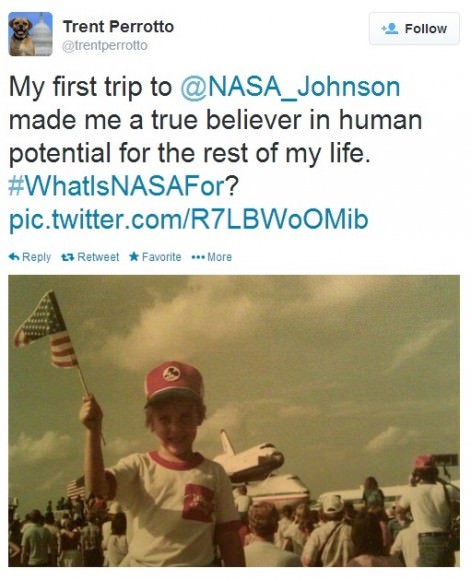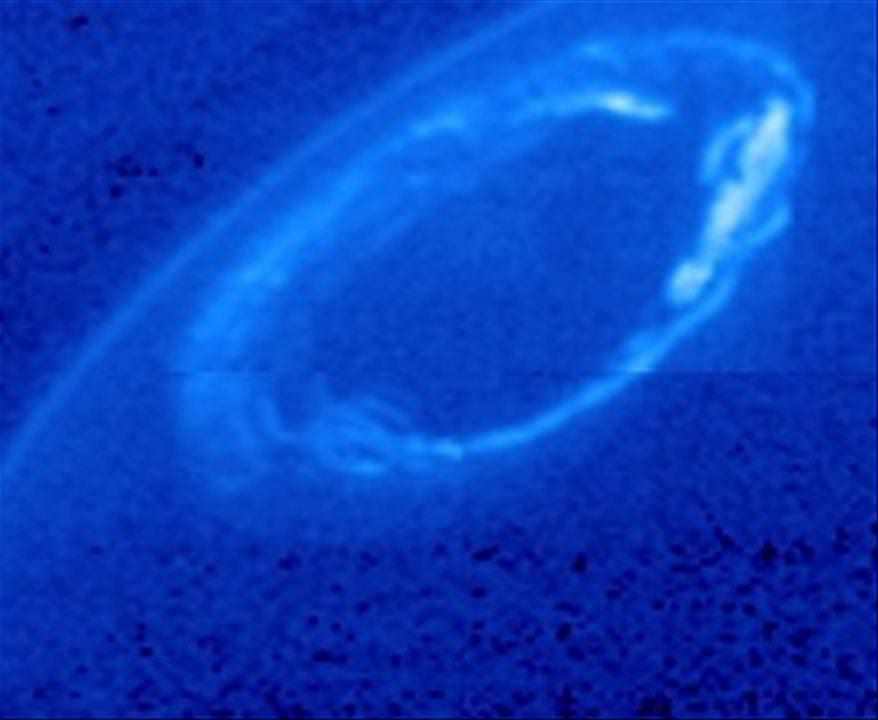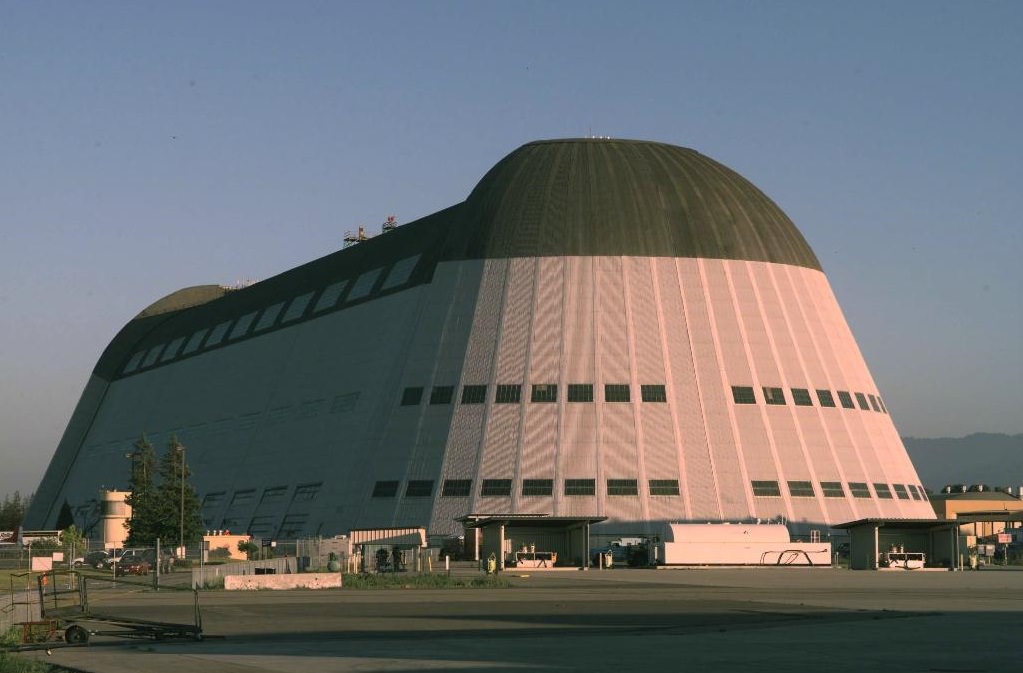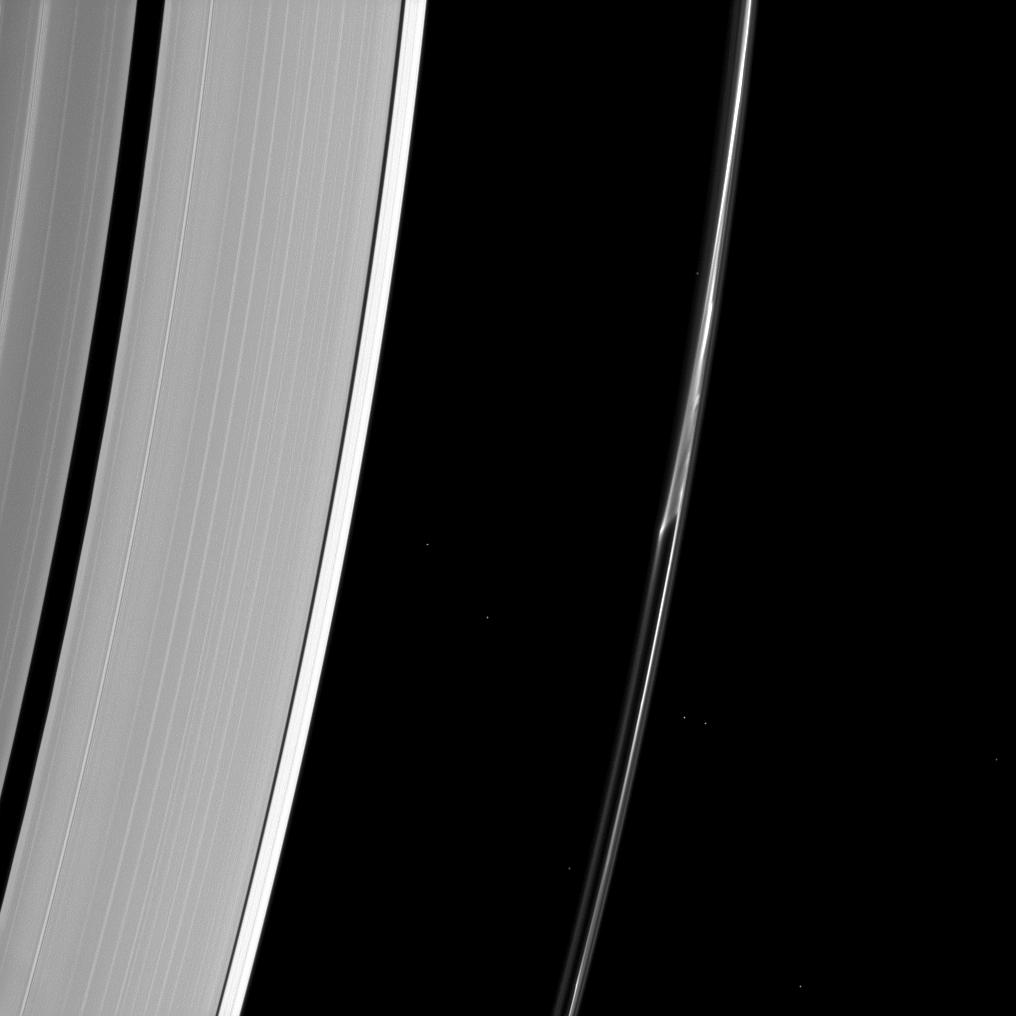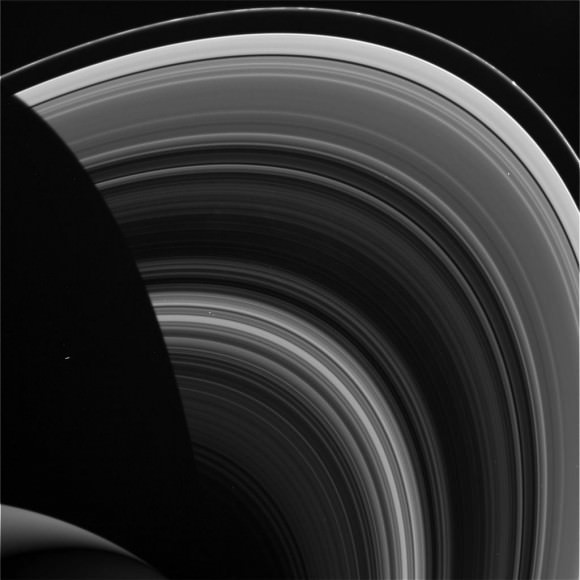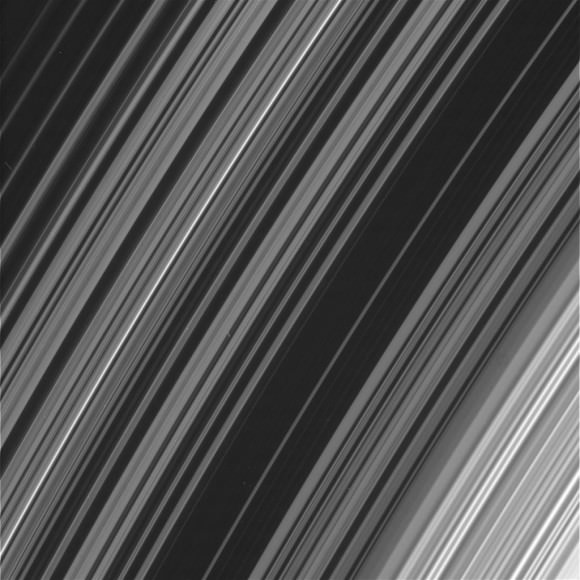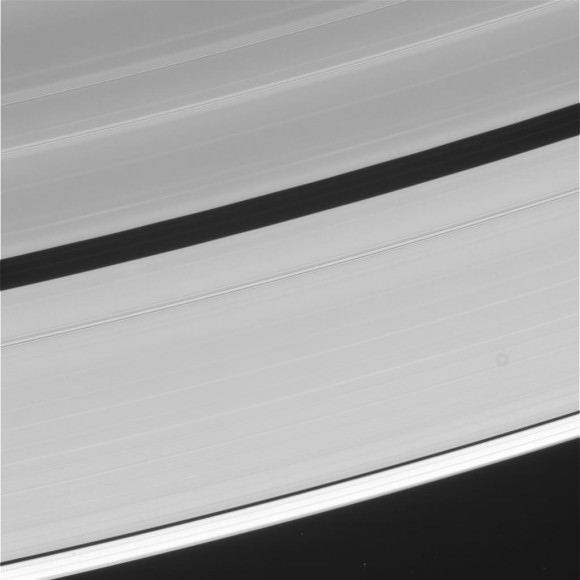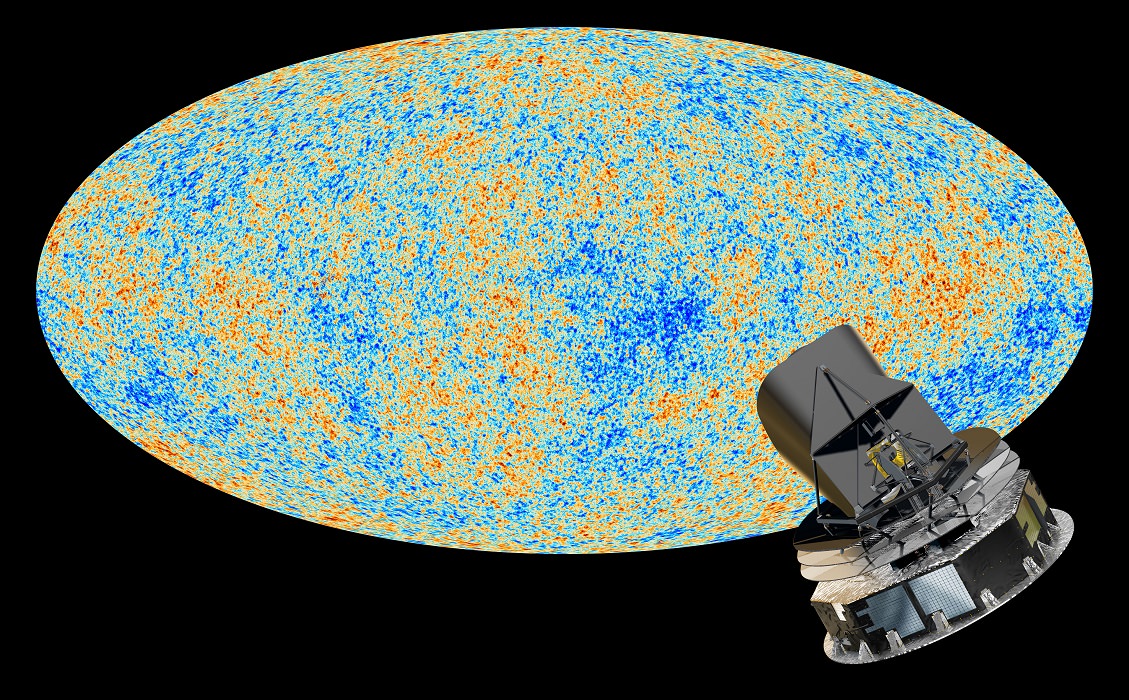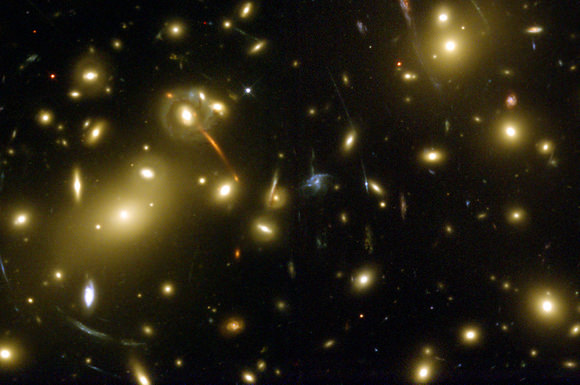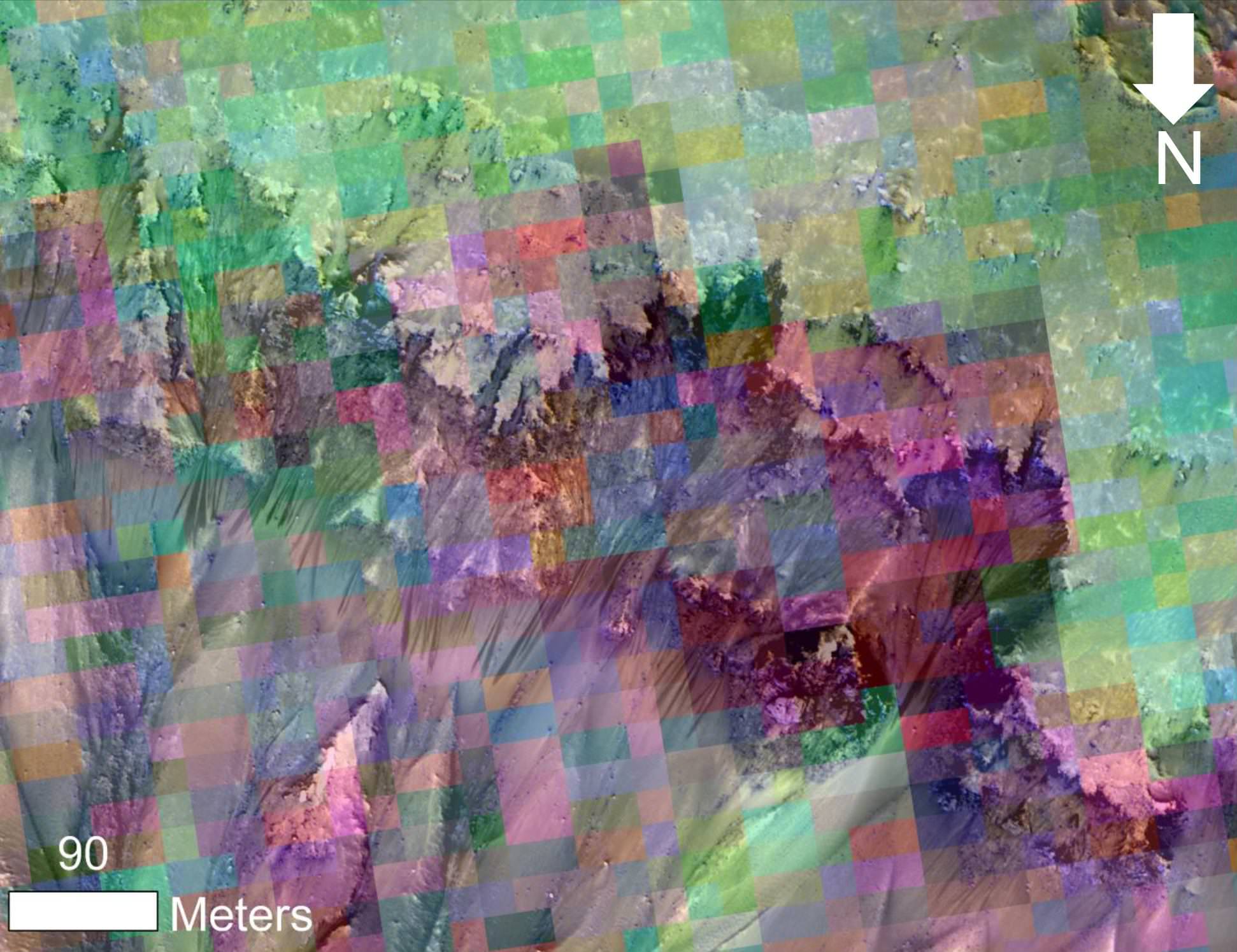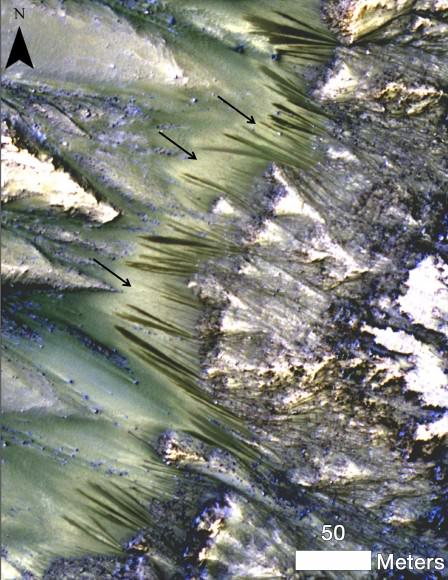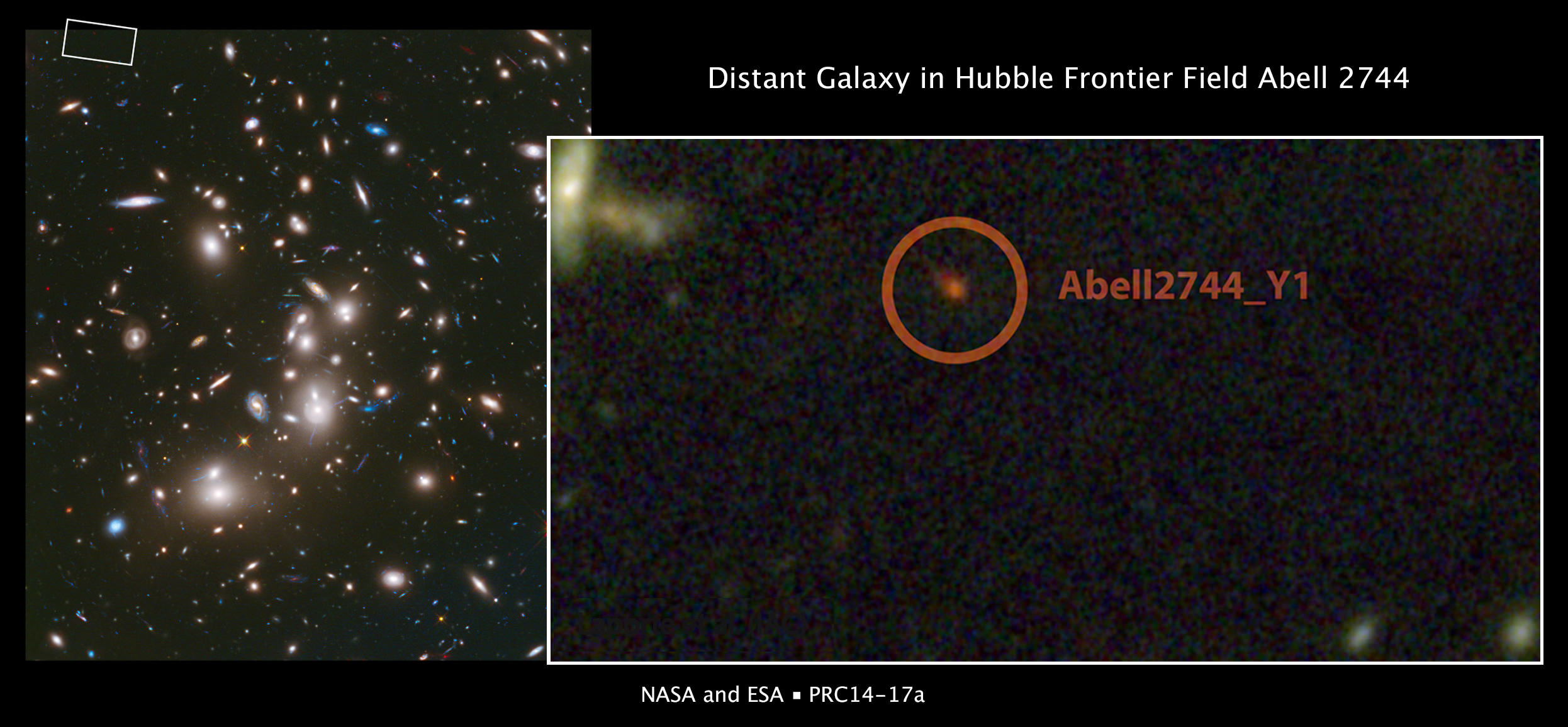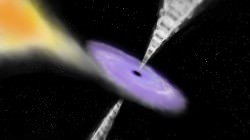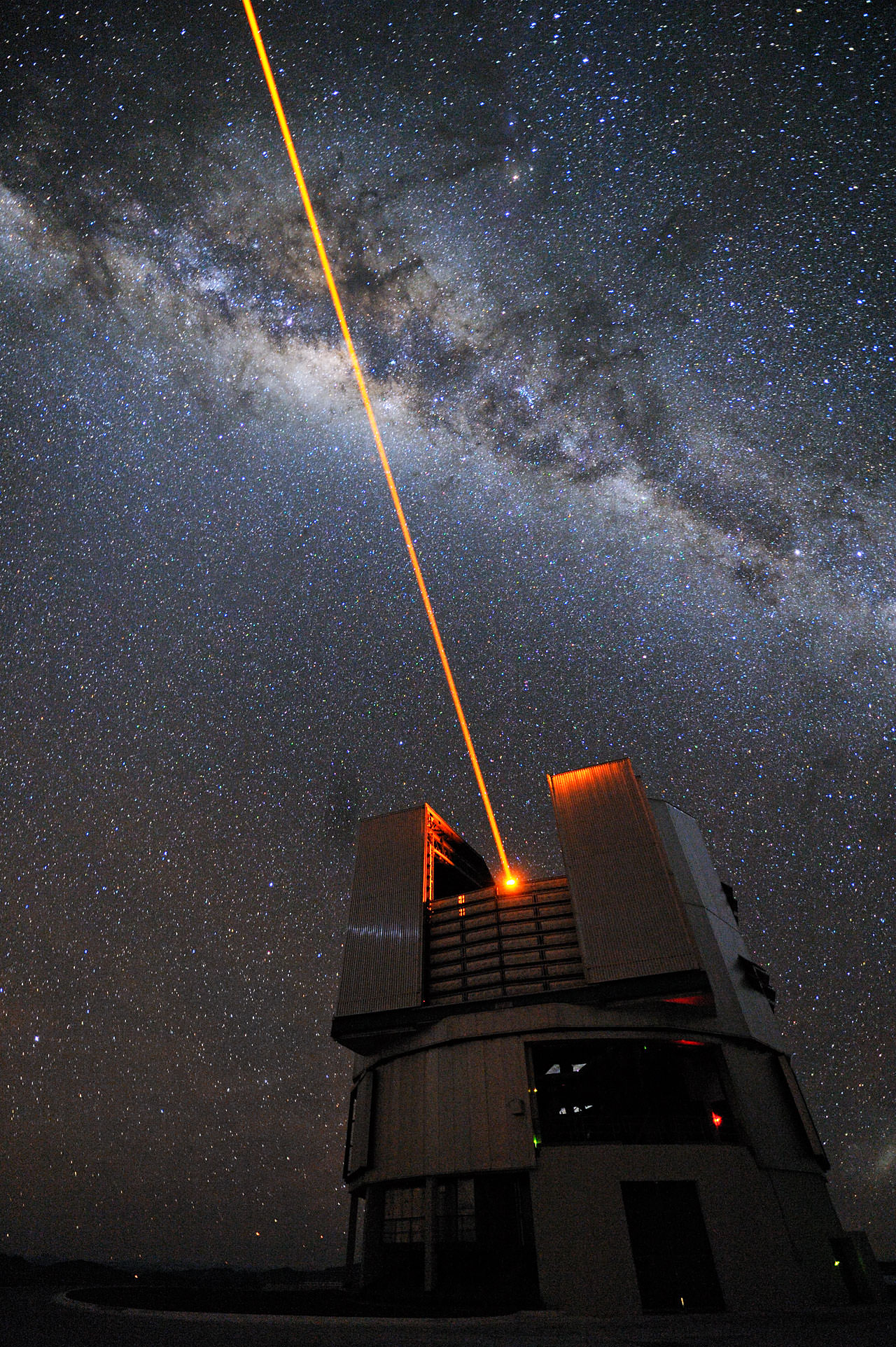A week ago today, Slate published an article asking “What Is NASA for?” After the author opened the article comparing the United States’ space agency to a panda, he described a sort of loss of direction that fell upon NASA after the moon landings concluded in 1972. He then cited a litany of concerns he has about the agency, including human spaceflight scientific results not appearing in top journals, and the cost of the International Space Station.
Then Twitter space fans responded with a flurry of tweets under the hashtag #WhatIsNASAFor (3,994 tweets and retweets according to this graph cited by NASA Watch). Participants included NASA officials, journalists, industry and people who follow NASA and space exploration as a hobby. Several people also wrote essays in longer form (such as Deep Space Industries’ Rick Tumlinson, who argued the agency is in the middle of a paradigm shift). Below, we’ve collected some of the most interesting responses from Twitter.
Predicting climate change
Virginia’s Angela Gibson, who says in her profile that she has attended NASA Socials in the past, points to NASA’s ability to do scientific work to better understand climate change. She pointed to this animation of 2013’s warming trend as an example.
Scientific inquiry and the human spirit
As always, Bad Astronomy’s Phil Plait writes an eloquent essay talking about the benefits of NASA, which range from real-time observations of the Earth’s immediate environment to the longer-term goals of promoting scientific research.
NASA Socials
Frequent NASA Social attendee Charissa S. talks about the first NASA launch tweetup, STS-129, as a part of why NASA means so much to her. (Full disclosure: this article’s author also attended the tweetup as a reporter.)
International collaboration
We at Universe Today frequently write about the stunning images from the Mars Reconnaissance Orbiter’s High Resolution Imaging Science Experiment (HiRISE). The HiRISE social media feeds are, thanks to volunteer effort, available in many languages, something they highlighted in a tweet.
Then there’s also the technical potential of nations working together, as feed OH, Star Stuff points out.
Career potential
NASA spokesperson Trent Perrotto talked about a long-ago trip to NASA Johnson that made him see the possibilities of working in space.
And speaking of human potential, the Challenger Center’s Libby Norcross has perhaps the best retort ever by way of Tsiolkovsky.

